It is as well that Lotus was not founded a year or so earlier. For had we come to write about its 70th birthday in the early part of 2017, we may not have found too much to celebrate. A glorious past, yes, but a stuttering present and highly uncertain future.
But now – under new ownership and management, and with Phil Popham, who was instrumental in turning Jaguar Land Rover into such a success story in the early part of this decade, in a key role – it is fair to say its future has rarely, if ever, looked brighter. How bright? You need only look at what new proprietor Geely has done with another of its acquisitions, Volvo, to see the potential. During its tenure, Volvo has been catapulted from perennial also-ran status to being a truly aspirational brand with a world-class product line-up.
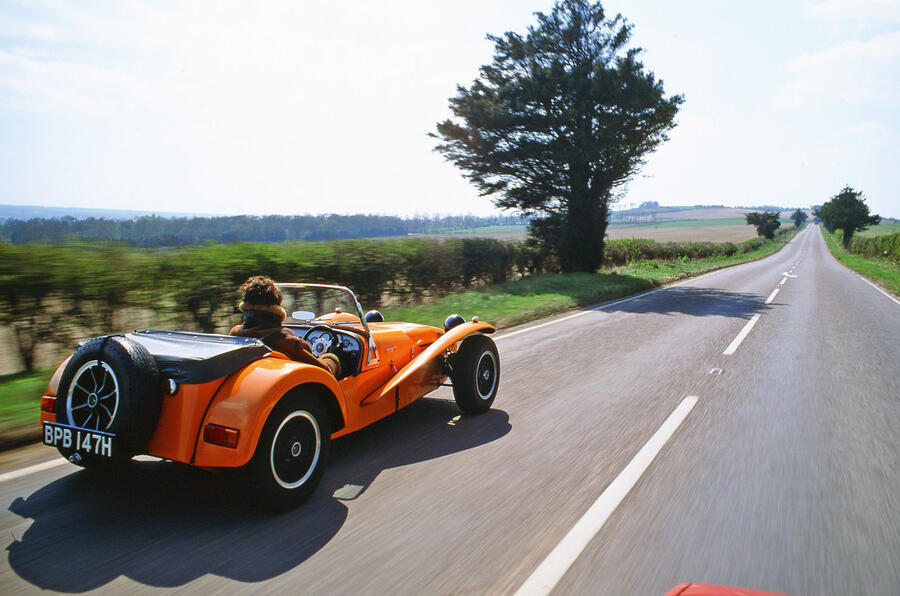
For now, though, let’s celebrate the greatest Lotuses (and a few of the not so great ones) and the greatest drives we have had in them. For when it comes to Lotus, the drive has always been the thing and, whatever happens to the marque in the future, that’s how it must remain.
Lotus greats
You can argue the toss over when Lotus actually came into being. The 1948 date refers to Colin Chapman’s first car, which was a modified Austin Seven. But Lotus Engineering itself didn’t appear until 1952, the same year in which the Lotus Mk VI became the first to be sold to the public.
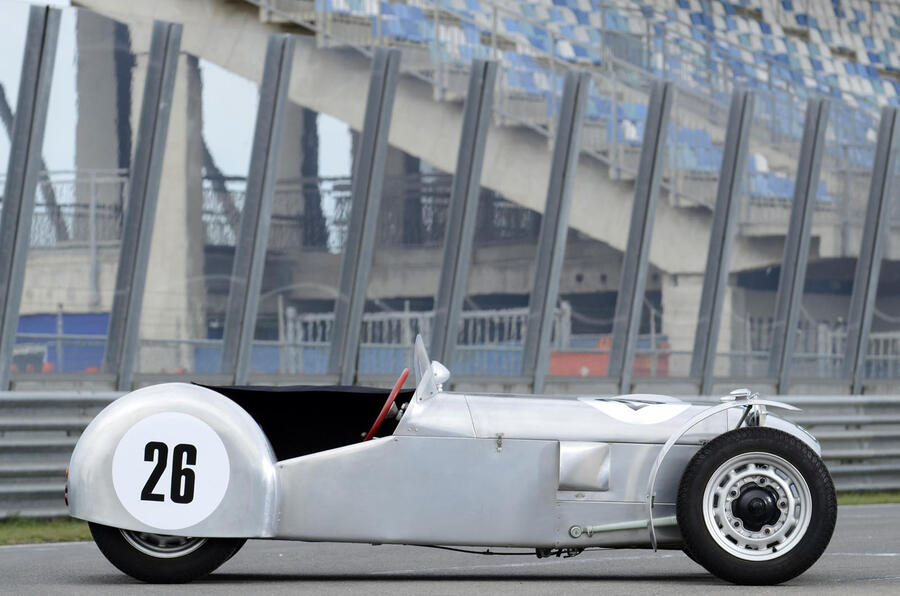

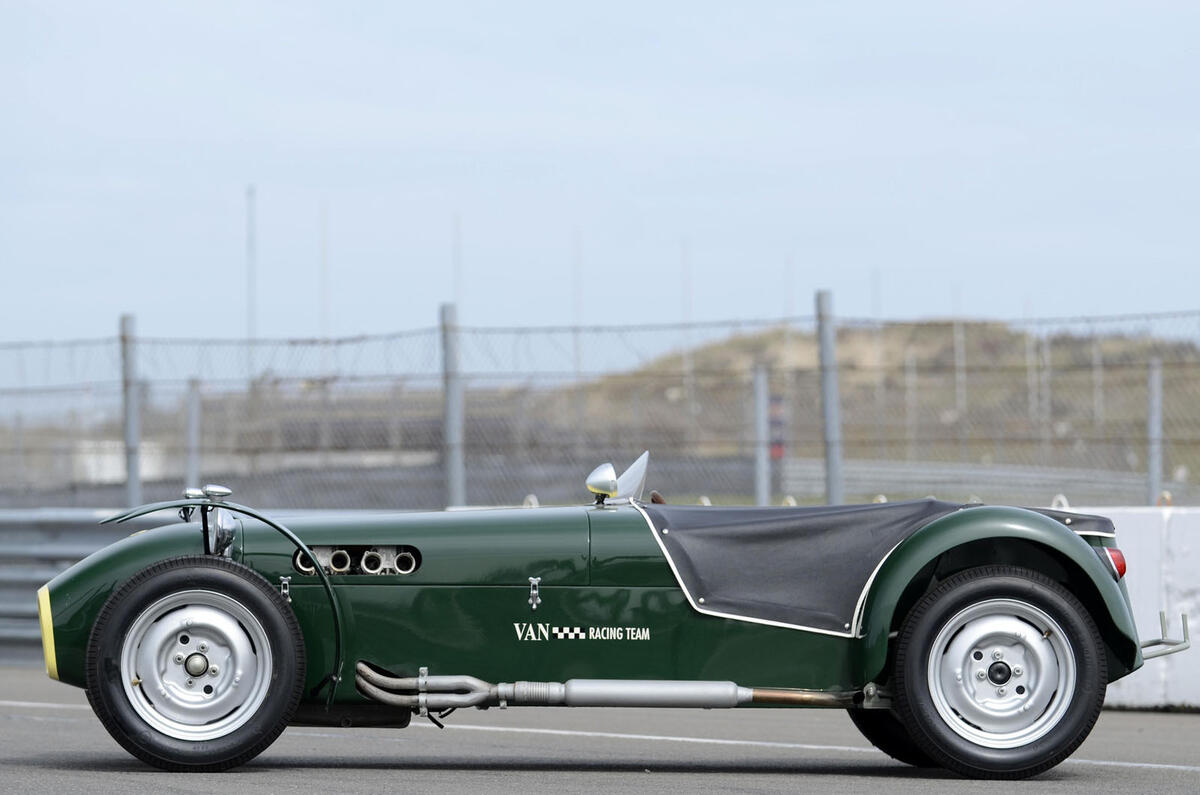

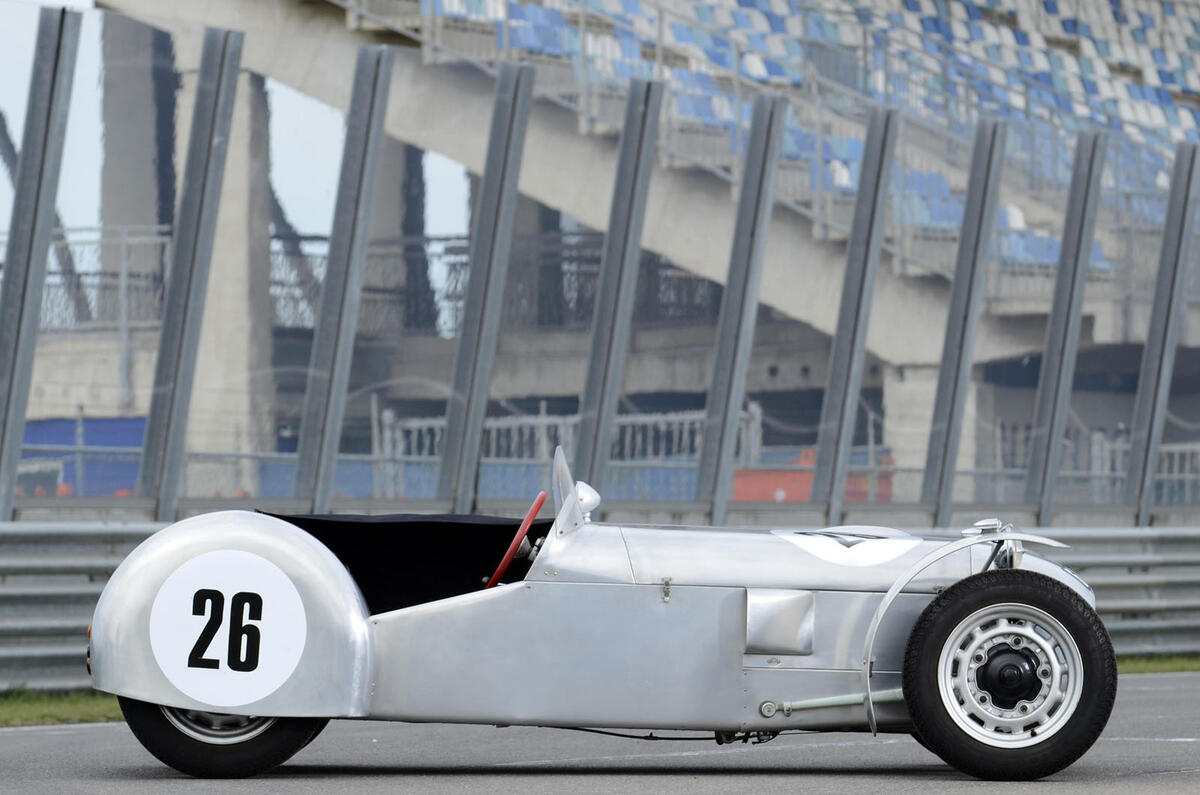

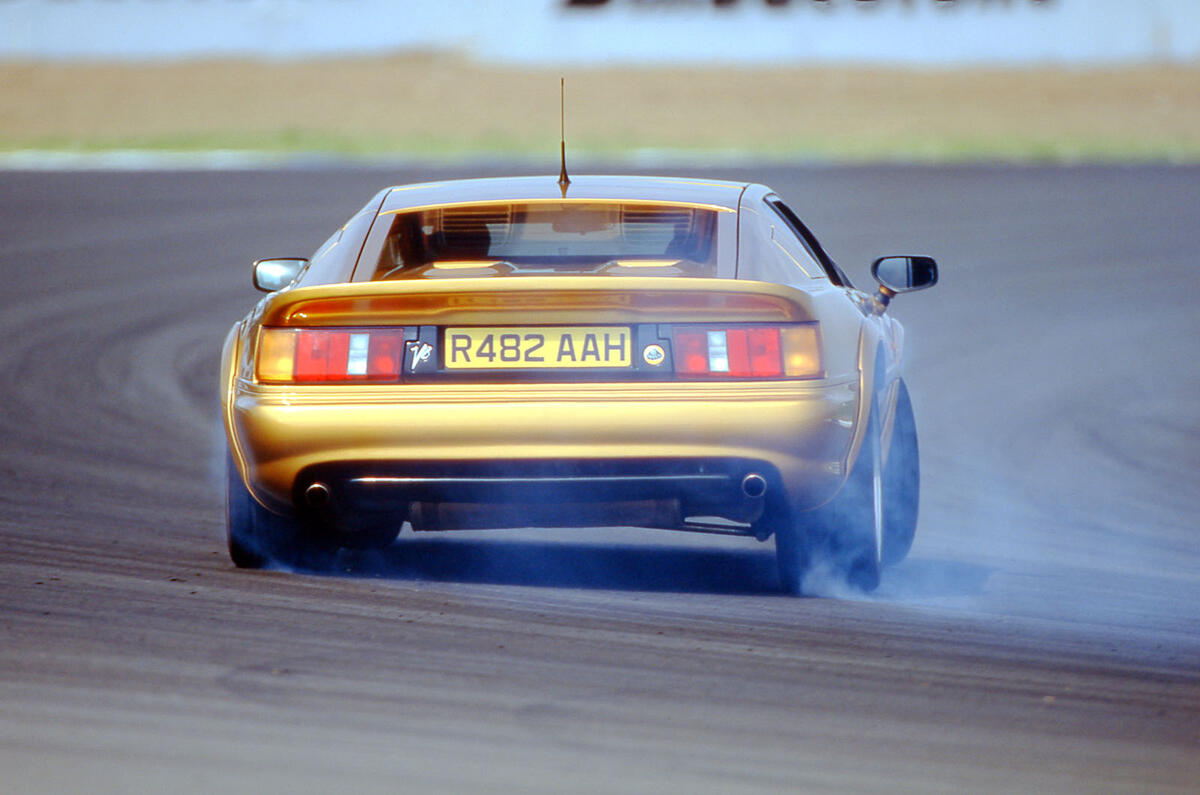
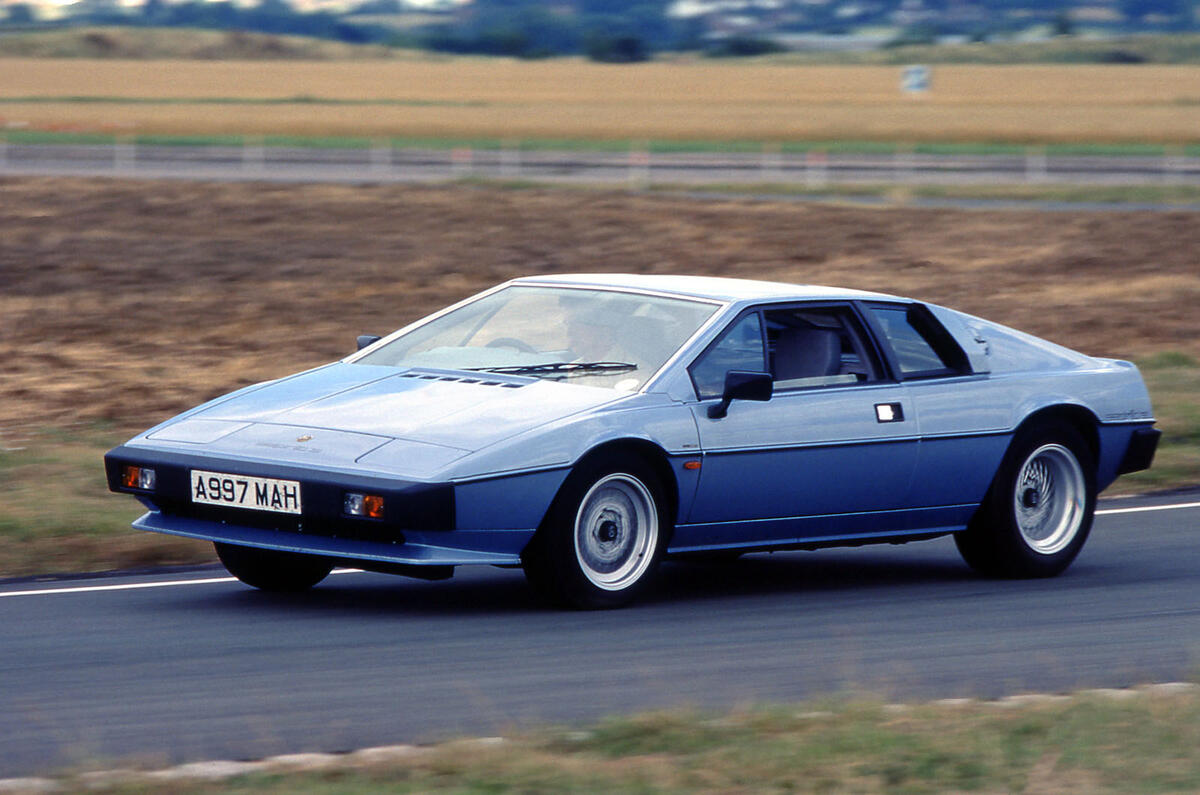
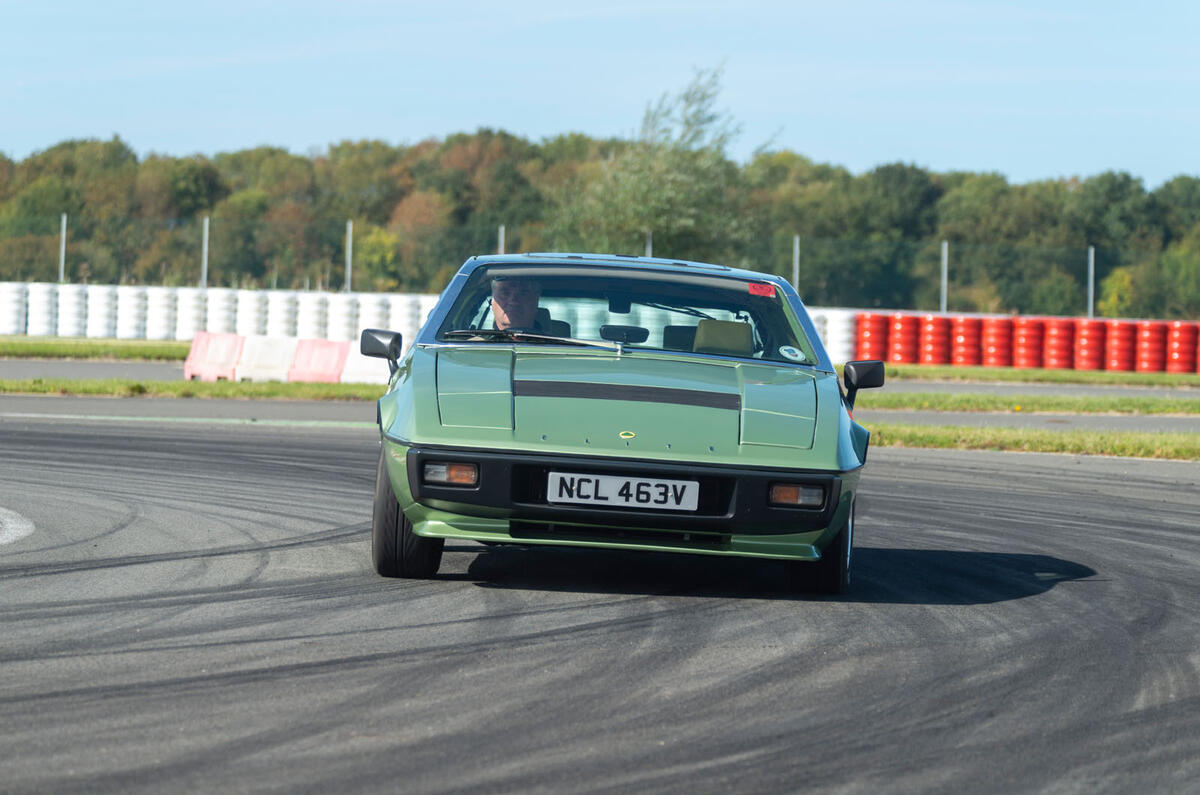
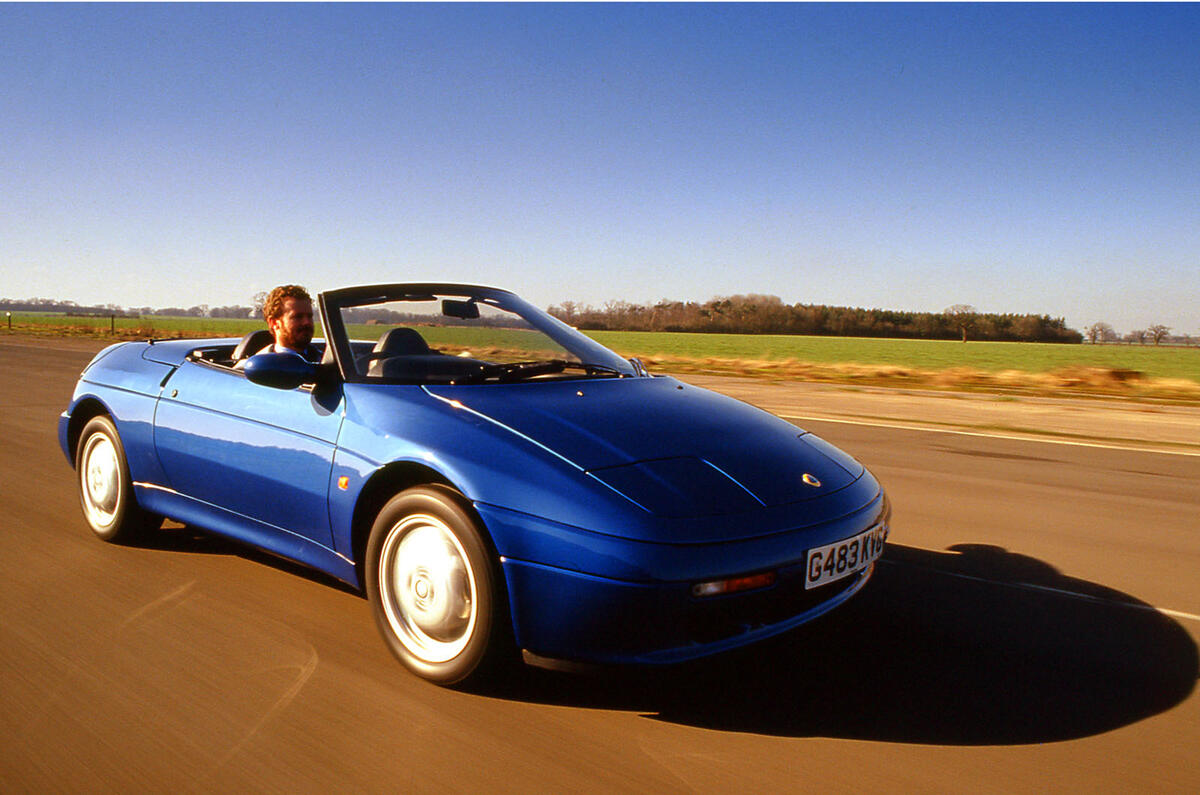
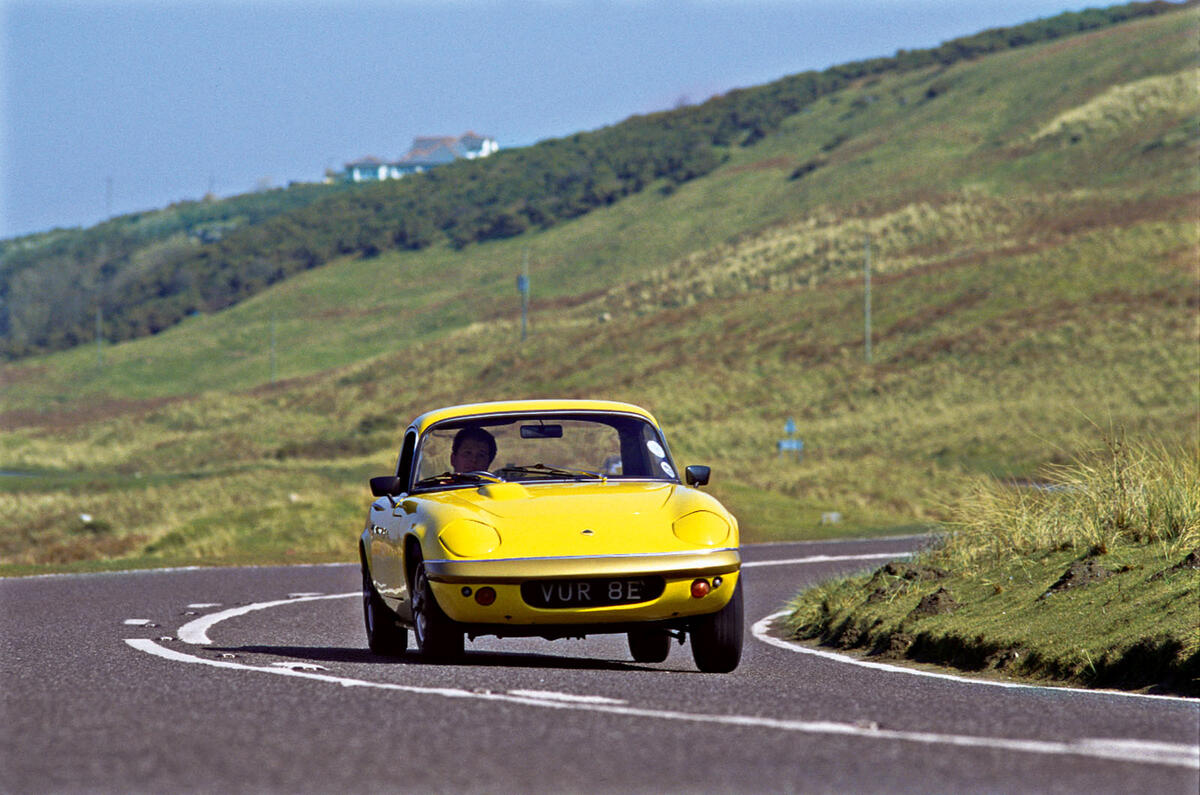

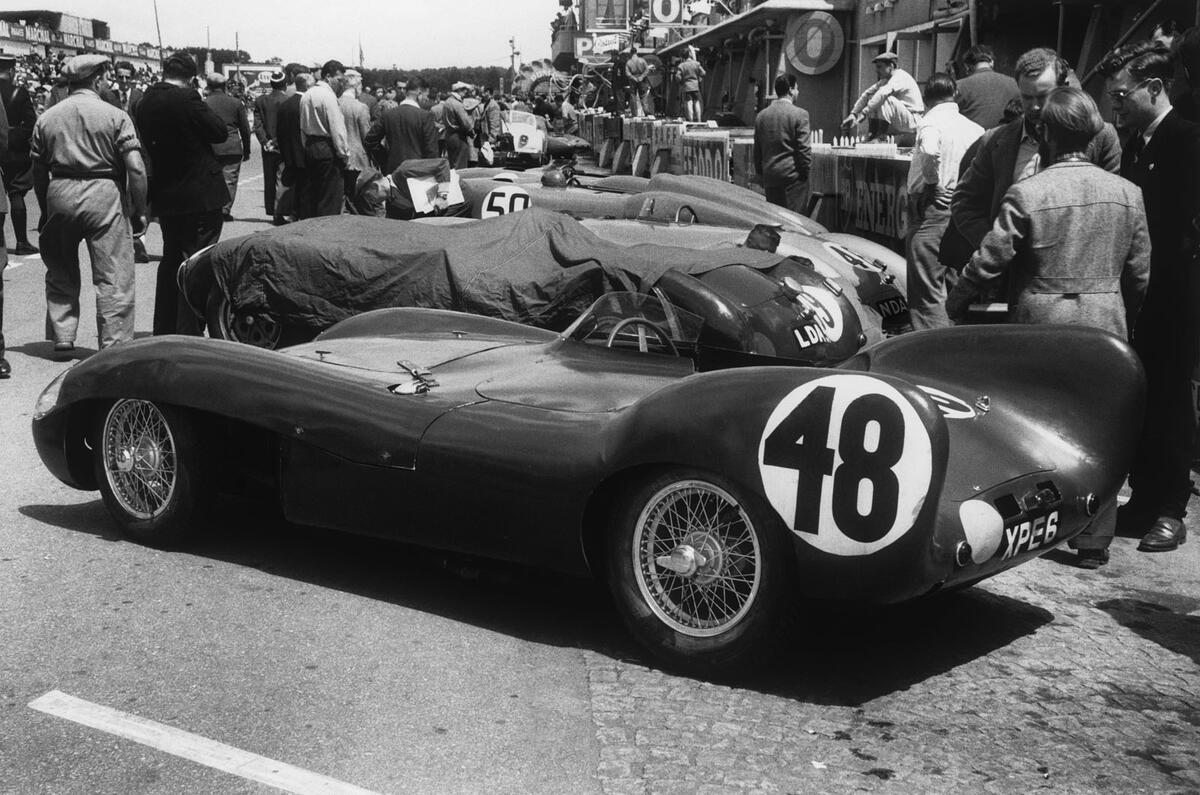
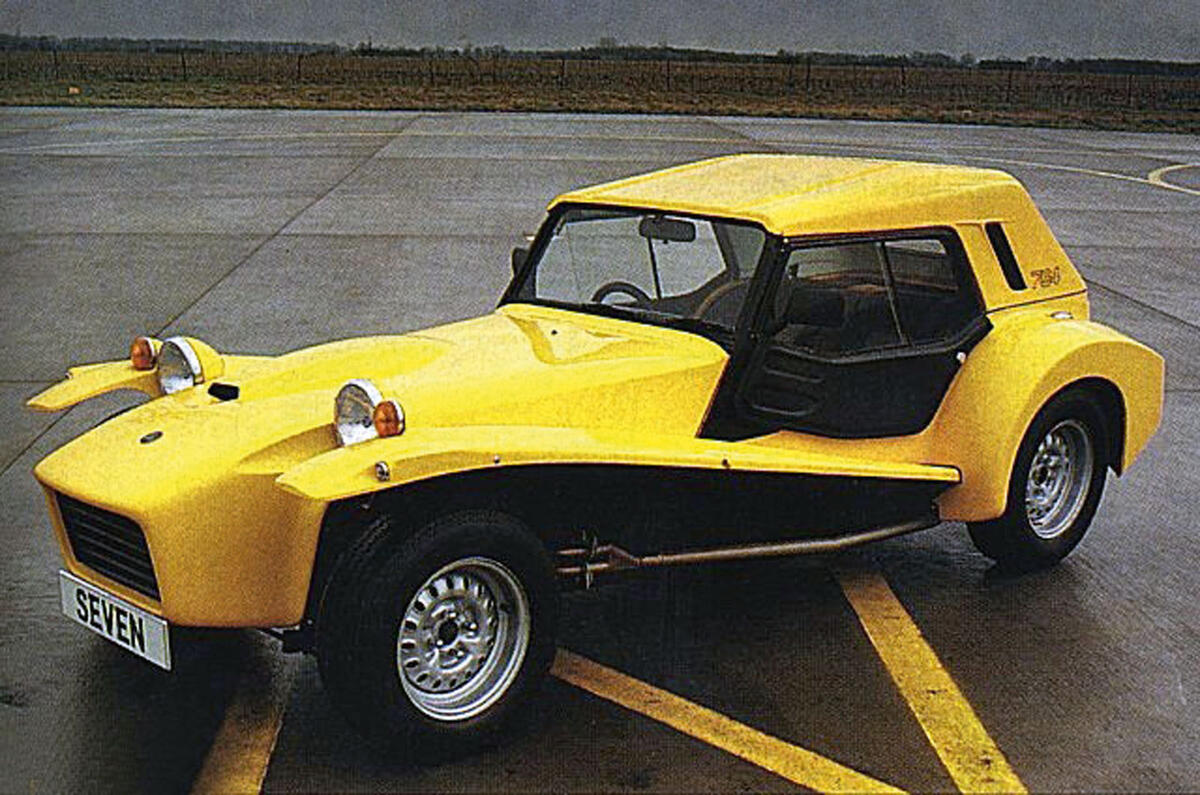
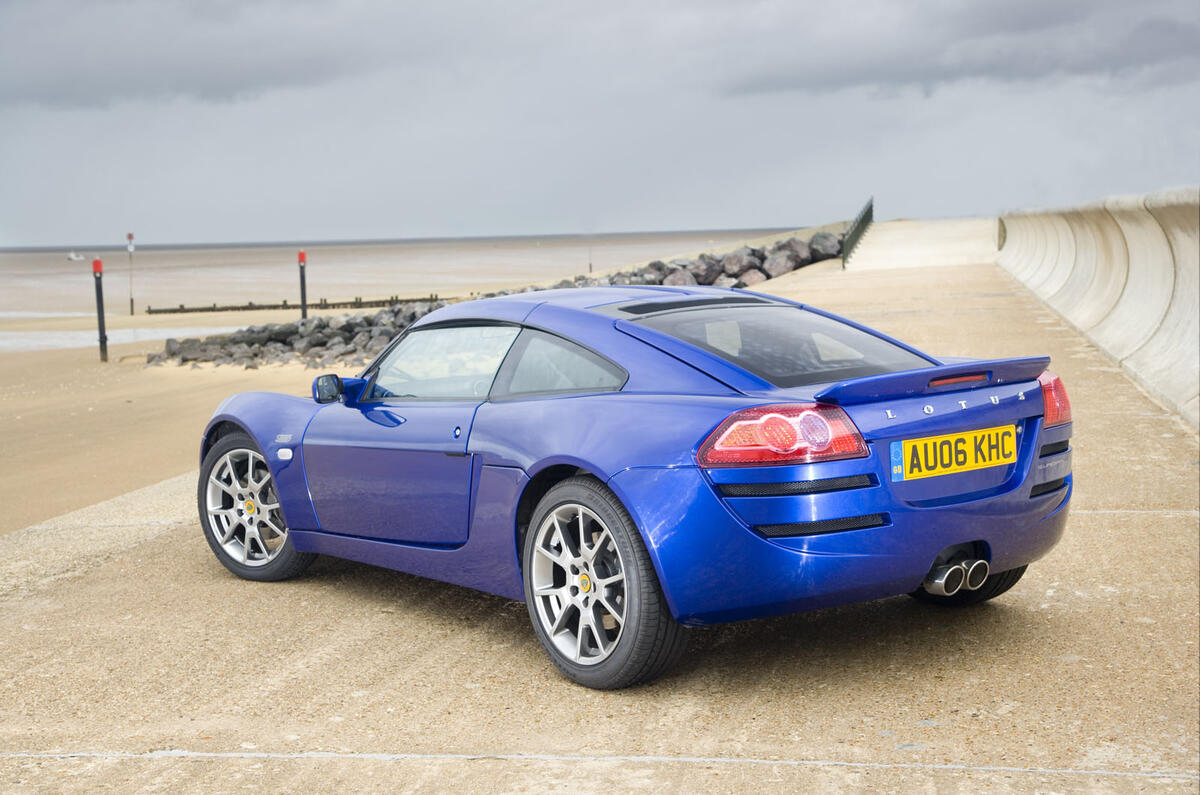
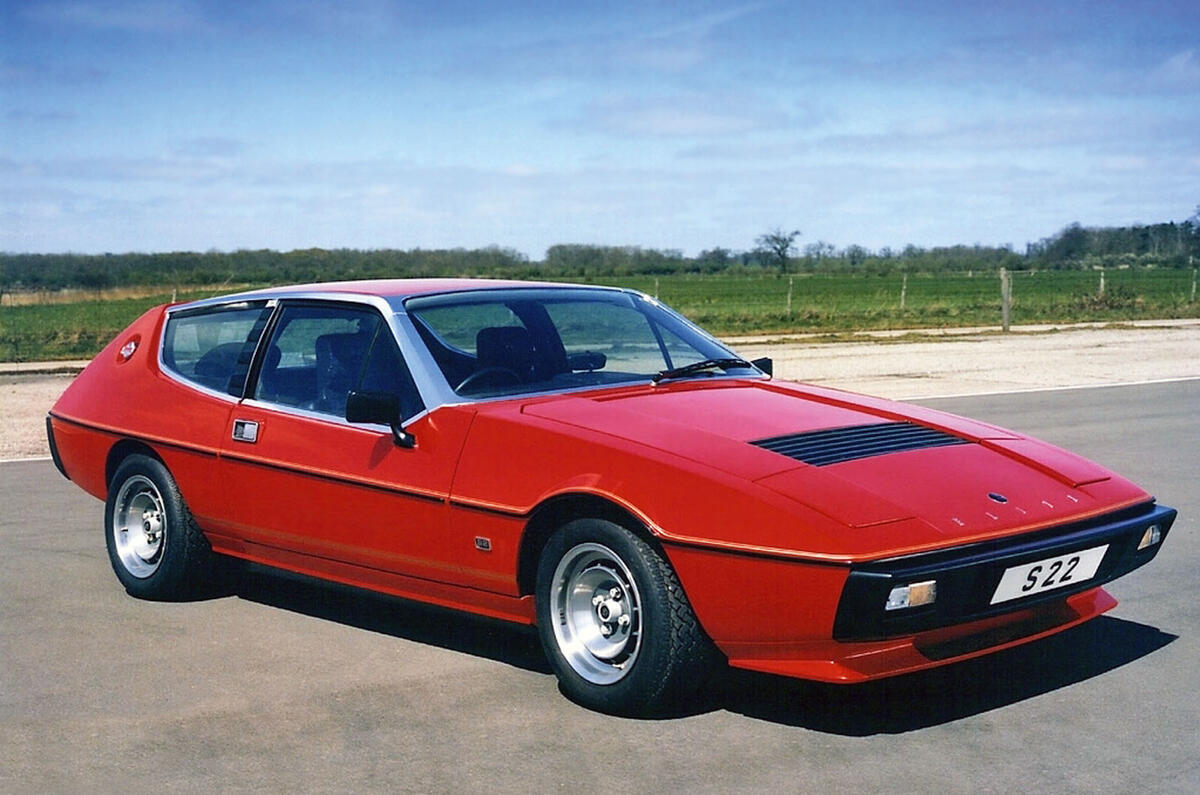
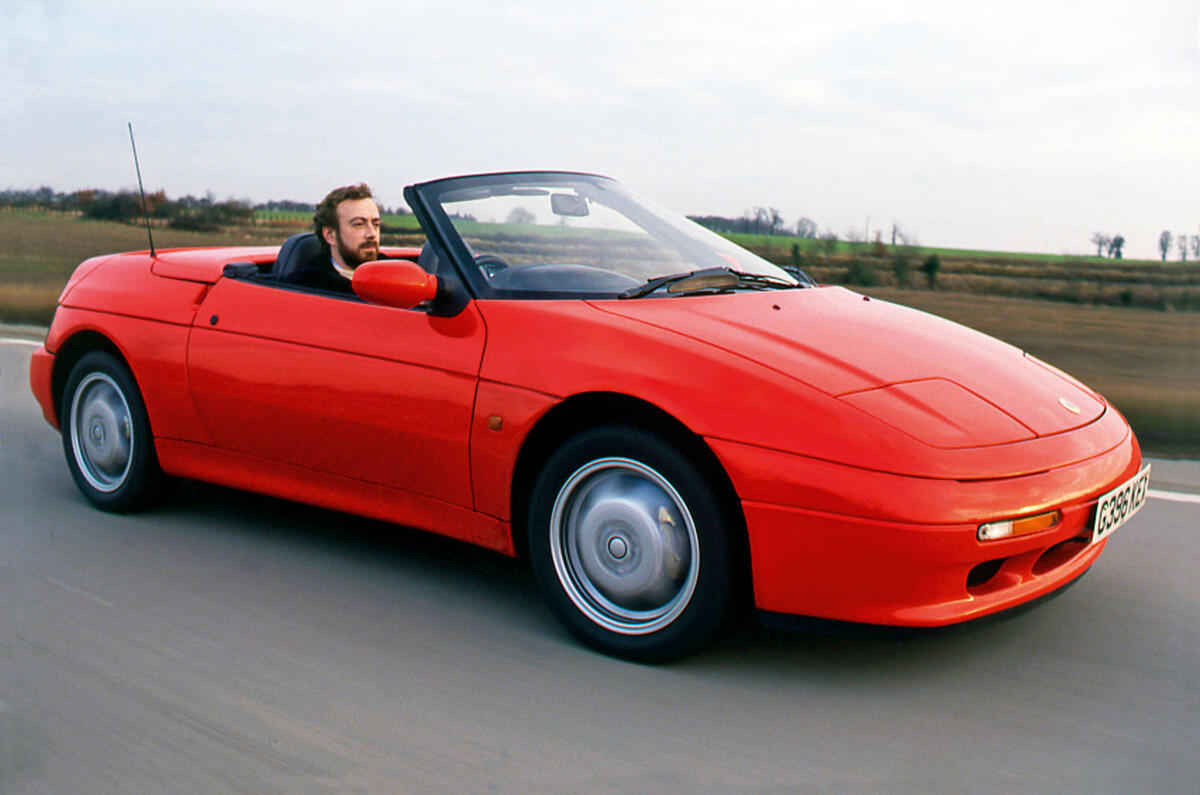
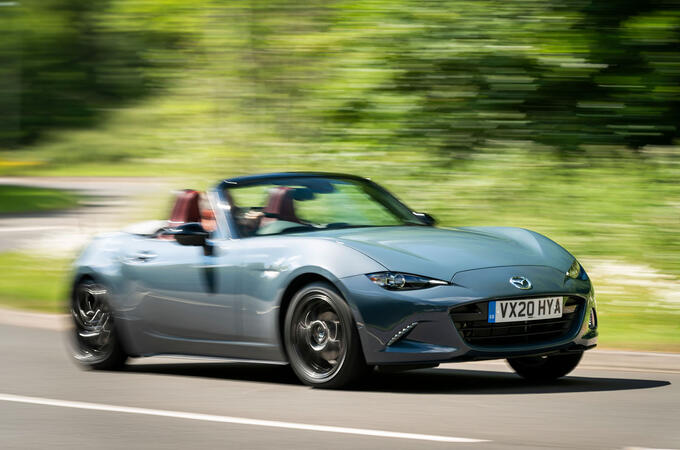





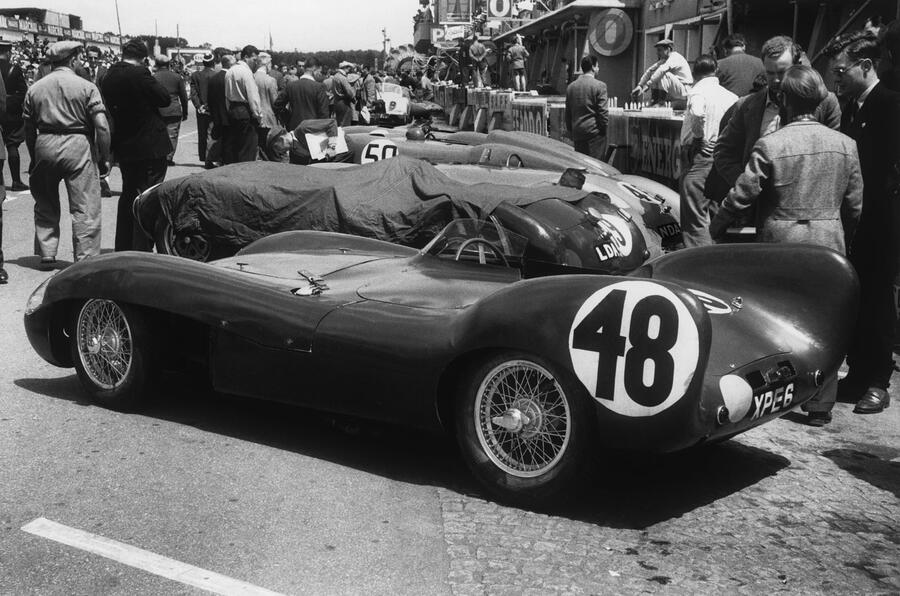

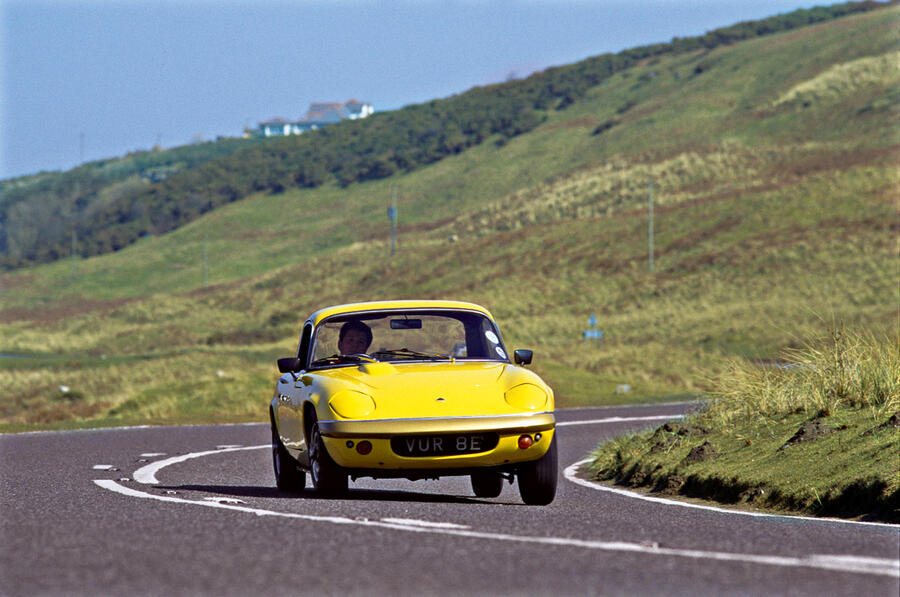
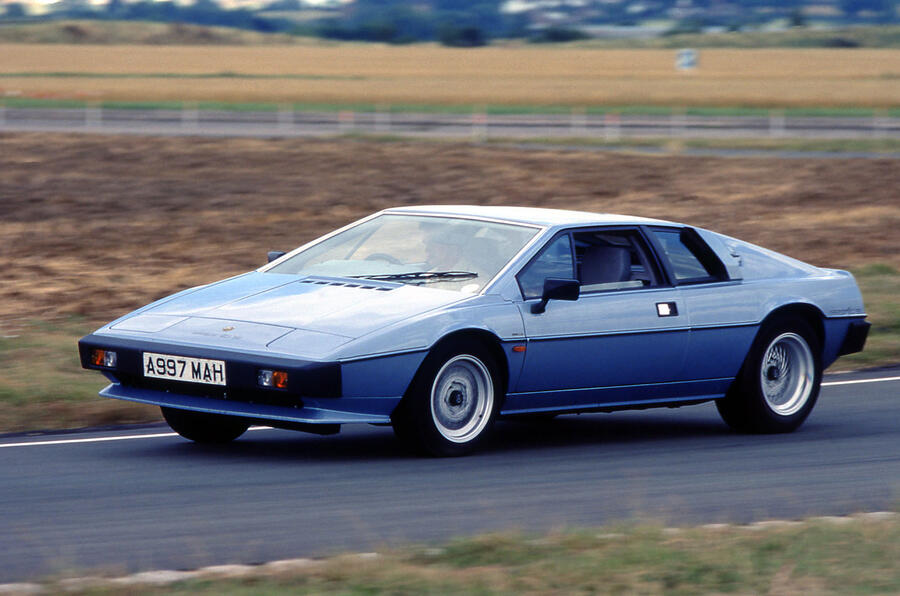
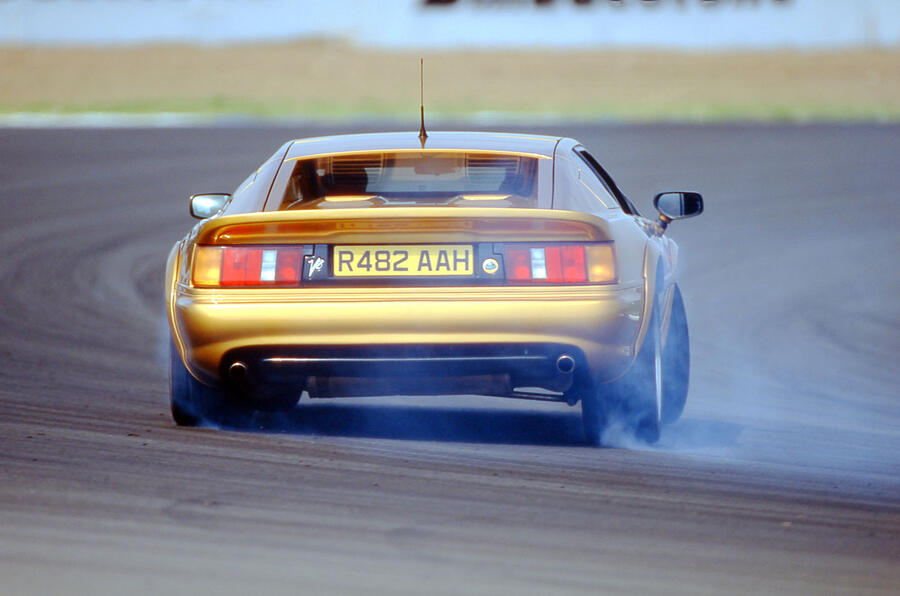
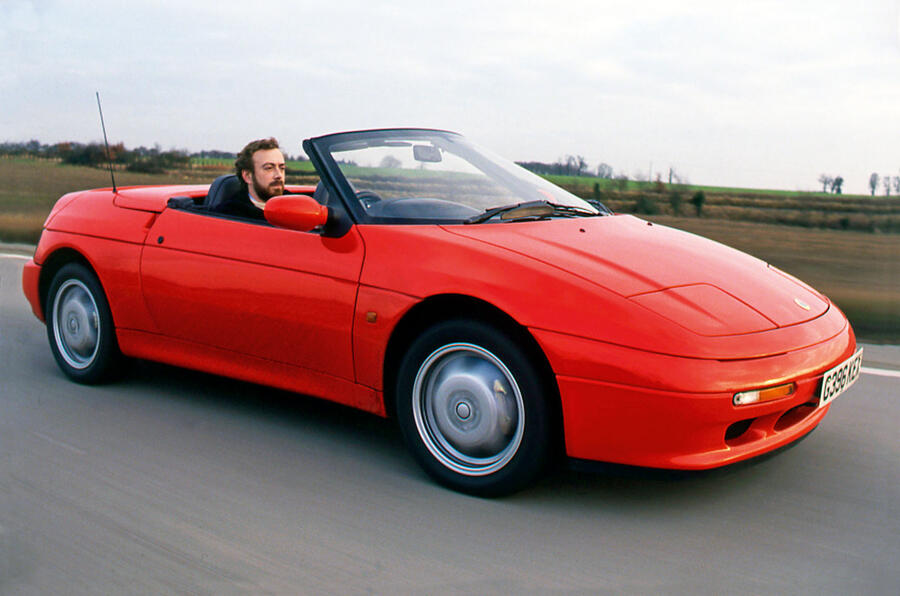
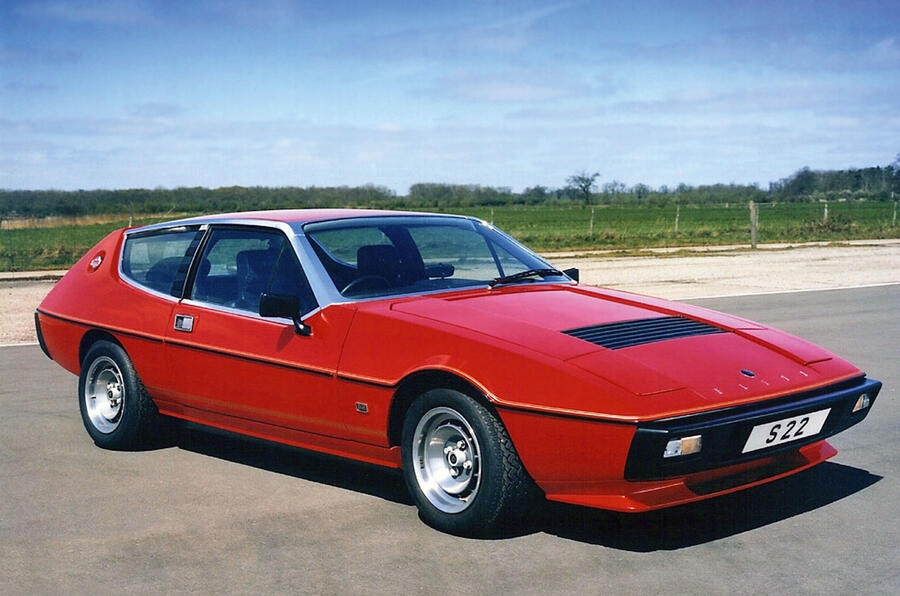
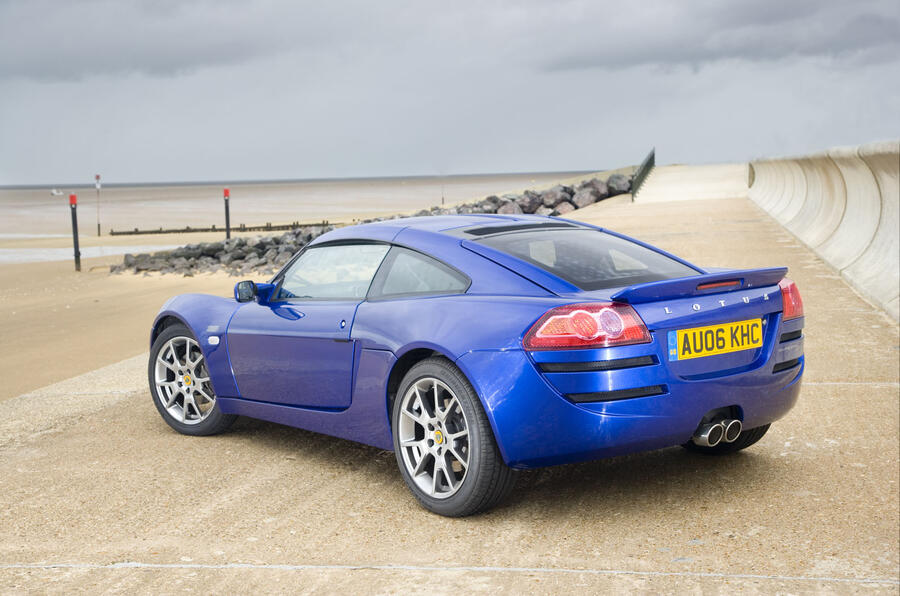
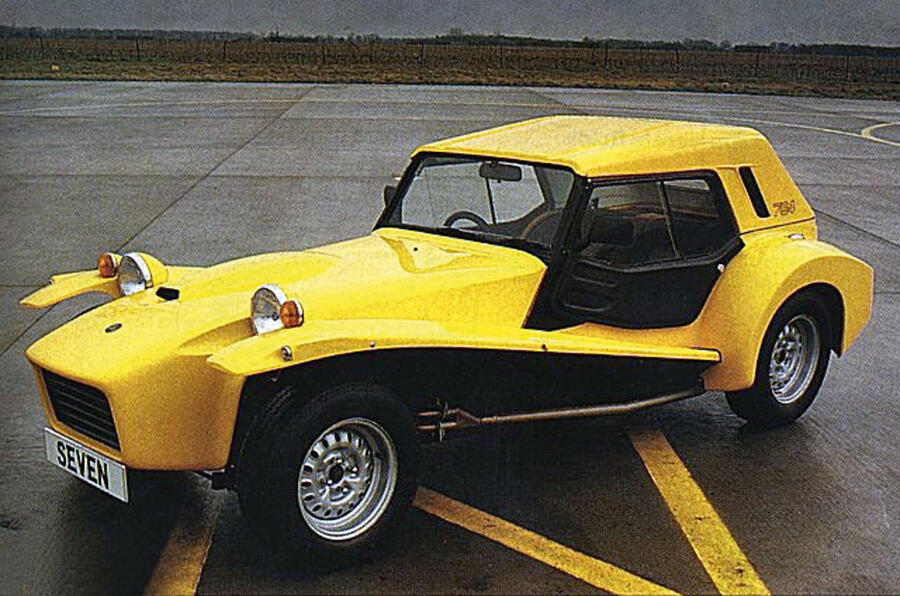

Join the debate
runnerbean
Loved my Elan Sprint . . .
. . . which I drove down to Monaco for the GP in '75 or '76 and subsequently round part of the track, spinning in front of one of the busy bars to clapping and catcalls.
I eventually sold it as it always felt like it was about to break, though it never did.
Jeremy
The worst Lotus (M100 Elan)
The worst Lotus (M100 Elan) was still a pretty good car by any other standard. I remember a test drive in one and being amazed at the front end grip.
russ13b
europa s
didn't they only plan to sell 500 of those anyway, using up stockpiled vx220 parts?
sabre
Achilles heel
If Lotus could improve reliability it were the greatest
lambo58
They have tried by using
They have tried by using Toyota engines, the only right move they have ever made.
Their own stuff is engineered rubish
lambo58
LOTUS: Lots of trouble
LOTUS: Lots of trouble usually serious.
Never a truer phrase said.
Bouncing from one crisis to another
Ravon
M100
Oh Andrew, you do let your bias slew your writing, I wasn't much slower than you in my wifes M100 than you in your latest "fetish car" the Alpine A110 at Thruxton a few weeks ago was I ?The Elan is twenty five years old and made up all it's ground on you in your faster ( superior power/weight ) Alpine in the long turns and over Thruxton's notorious bumps, doesn't matter how much they try to hide it, that horrible front drive train moved to the back axle is far from optimal ( but its good and cheap to make ), and lazy journalists have such a lack of engineering understanding they fall for the manufacturer hype of calling the configuration "mid engined", its "rear axle engined" Andrew . Suggest you read the Evo Road Test of the Alpine for some enlightenment ? ( its free on their website )
Sporky McGuffin
Ravon wrote:
That's a lot of wrong for one post. Firstly, there is no front engined car with the same drivetrain as the A110. Much of the engine is shared with the Megane RS, but the gearbox is most definitely not.
Similarly the A110 is indeed mid engined - to quote Wikipedia, "A mid-engine layout describes the placement of an automobile engine between the rear and front axles and generally behind the passenger compartment." A quick google of "rear axle engined" reveals that it is a term you just made up.
Let's stick to discussing Lotus, eh? The M100 Elan was indeed a lovely thing to drive, but the cork-sniffers refused to believe that FWD could work in a sports car (or to even try it to find out for themselves). I'd also argue that the Europa wasn't a "watered-down" Elise - it was quicker for starters, but also more civilised. It was a different approach, not an inferior one, in the same way that neither a Caterham 7 nor a Mercedes S Class is a definitively better car than the other.
P. Dron
"Fastest point-to-point car available"
When it was launched in 1990 the M100 Elan was, in my opinion, the best-handling front-wheel-drive car ever. I don't think anything, even with clever electronics developed since then, has surpassed it.
To describe it as a "dud" seems unfair, to say the least. At the time, Autocar described it as "the fastest point-to-point car available". That may have been slightly hyperbolic but it was not far from the truth, especially in heavy rain; it was astonishingly tractable through standing water. Its sales failure had various causes, but that does not detract from its engineering brilliance.
rsinet
very nice car
so nice this Lotus
Pages
Add your comment